International
Chile: rocky road to new constitution
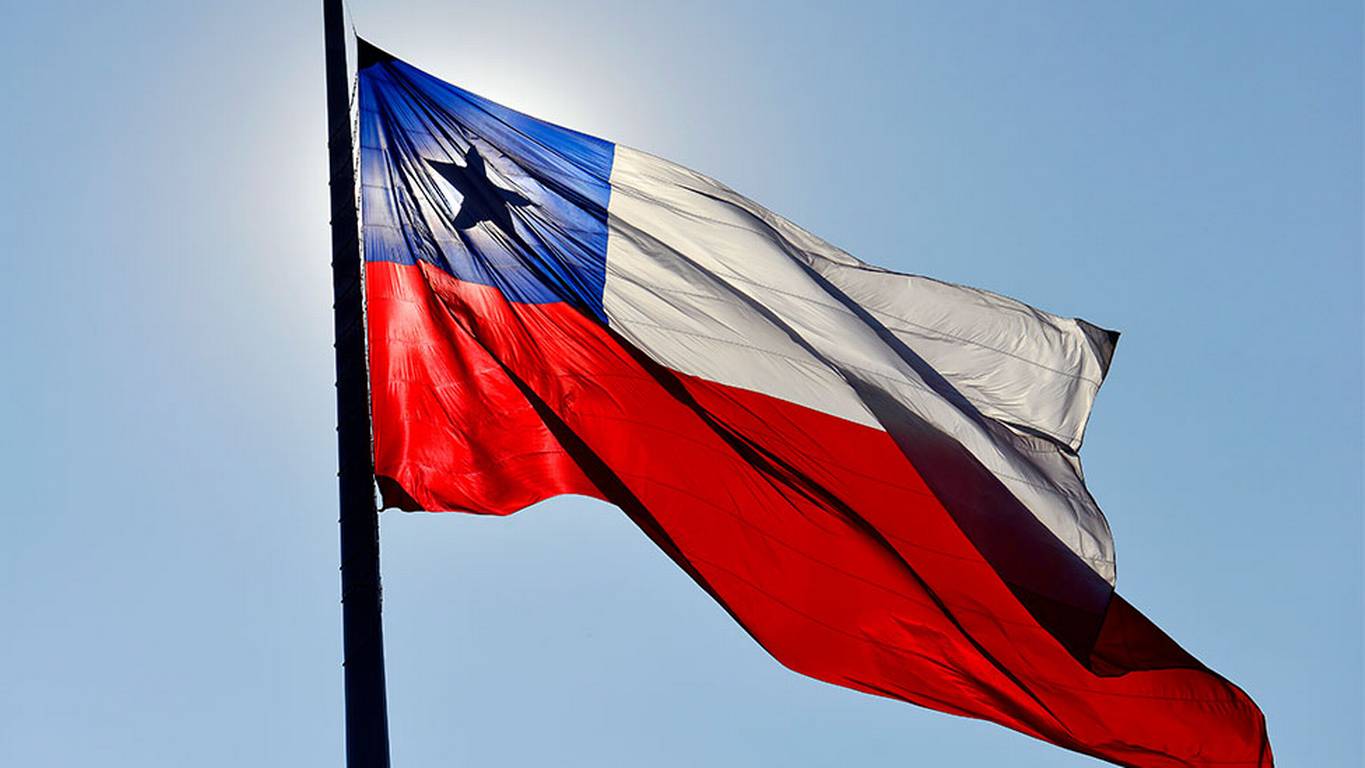
AFP
Chileans head to the polls for a referendum on September 4 to vote on a proposed new constitution that would overhaul the country’s dictatorship-era system.
Here is a timeline of the country’s turmoil since bloody protests broke out nearly three years ago, in which a new constitution was a key demand.
2019: violent clashes
Protests in Chile’s capital, Santiago, against a rise in metro fares on October 18, 2019, escalate into clashes between police and demonstrators angry at gaping social inequality.
Center-right president Sebastian Pinera declares a state of emergency.
Soldiers are deployed in the city the following day for the first time since the end of the dictatorship of General Augusto Pinochet.
Pinera — a billionaire — suspends the ticket price hike, but protests and clashes continue.
‘Chile is awake’
The state of emergency is extended to other regions as protests spread with people chanting: “Chile is awake.”
About 30 people are killed.
Pinera apologizes and announces more social spending on October 22, but a general strike begins with leaders demanding the military return to barracks.
After some 1.2 million Chileans take to the streets in Santiago on October 25, the curfew and state of emergency are lifted and Pinera reshuffles his cabinet.
The street movement continues.
Constitutional referendum
In a breakthrough on November 15, lawmakers agree to a key opposition demand for a referendum on replacing the Pinochet-era constitution.
The government follows this up in early December with a $5.5-billion social plan, and a month later, the president announces reforms of the health system.
The United Nations, meanwhile, denounces multiple rights violations by police.
2020: New clashes
After a period of calm despite demonstrations every Friday in Santiago, new clashes in late January 2020 turn deadly, with four people killed.
Violence erupts again on February 23 at Vina del Mar near Valparaiso, and then in early March in several other towns.
The president announces police reform.
Virus, referendum put off
Chile declares a “national disaster” in mid-March due to the coronavirus pandemic, with protests paused and a referendum — originally scheduled for April — postponed until October.
‘Yes’ to new constitution
On October 25, Chileans vote by nearly four to one (79 percent) for a new constitution to be drawn up.
2021: more delays
In late March 2021, Chile locks down four-fifths of its population as the virus surges again. The election of the constituent assembly charged with revising the constitution is put off to May.
Leaning left, new president
A third of newly-elected members of the constitutional convention — a majority left-leaning — are independents, with no single group winning a majority.
In the presidential election at the end of 2021, many voters after a polarized campaign — driven either by anti-communist sentiment or fear of a return to rightwing tyranny — opt to cast a protest vote for the candidate they consider the “lesser evil.”
Leftist candidate Gabriel Boric wins the election on December 19.
2022: progressive prospects
The new president introduces several measures addressing the economy and social rights.
In April he presents a recovery plan of 3.7 billion dollars, notably to help families and create 500,000 jobs.
On July 4 Chile’s constitutional convention hands its draft to Boric. If adopted, it will make Chile one of the most progressive countries in the region.
In the first of the new constitution’s 388 articles, Chile is described as “a social and democratic State of law,” as well as “plurinational, intercultural and ecological.”
As well as recognizing the different peoples that make up the Chilean nation, the new constitution accords a certain amount of autonomy to Indigenous institutions, notably in matters of justice.
The right to elective abortion would become enshrined in law. It is today permitted only if there is a risk to the life of the pregnant woman, in cases of fetal non-viability and rape.
International
Climate-driven rains trigger one of Indonesia’s deadliest flood emergencies in years

A torrential monsoon season, compounded by two unusual tropical cyclones, has triggered intense rainfall in several regions since last week, including southern Thailand, northern Malaysia, and large parts of Indonesia.
Climate change has recently intensified rainfall patterns, as a warmer atmosphere is able to hold more moisture. In Indonesia, desperation is growing among those affected by the disaster due to the slow pace of rescue operations and the distribution of humanitarian aid.
Relief agencies warned that the scale of the emergency is nearly unprecedented, even for a country accustomed to frequent natural disasters.
Across the island of Sumatra, the death toll was revised downward to 770 fatalities and at least 463 people still missing as of Wednesday night. Earlier, the national disaster management agency had reported 804 deaths.
Gathering accurate information on the ground remains difficult, as many regions are still cut off due to flood damage, widespread power outages, communication failures, or a combination of all three.
International
Russian authorities ban Roblox citing child safety and moral concerns

Russia has blocked access to the U.S.-owned game creation platform Roblox, accusing it of distributing extremist materials and what authorities described as “LGBT propaganda,” state media reported on Wednesday.
The country has repeatedly threatened to ban certain foreign digital platforms, a move that human rights organizations view as part of broader efforts by authorities to tighten control over internet use.
In a statement released through Russian news agencies, the federal communications watchdog Roskomnadzor accused Roblox of hosting “inappropriate content that can negatively affect the spiritual and moral development of children.”
“The game exposes minors to sexual harassment, tricks them into sharing intimate photos, and encourages them to commit acts of depravity and violence,” the regulator claimed.
Last week, the same agency also threatened to ban WhatsApp, the country’s second most widely used messaging app, accusing it of failing to prevent criminal activity.
Roblox, which is owned by the U.S.-based Roblox Corporation, did not immediately respond to a request for comment.
According to company data for 2024, the platform has around 100 million daily users worldwide, nearly 40% of whom are under the age of 13.
Other countries, including Qatar, Iraq and Turkey, have also restricted or banned Roblox, mainly over concerns about the safety of underage users. In the United States, the states of Texas and Louisiana have filed lawsuits against the platform on similar grounds.
International
El Chapo’s son Joaquín Guzmán López pleads guilty to U.S. drug trafficking charges

Joaquín Guzmán López, one of the sons of notorious Mexican drug lord Joaquín “El Chapo” Guzmán, pleaded guilty on Monday to drug trafficking charges in a U.S. court, months after his brother Ovidio reached a similar plea agreement, according to local media reports.
The defendant appeared before a federal court in Chicago early Monday afternoon and changed his previous plea in the case, the Chicago Tribune reported. U.S. authorities accuse him of forming, together with his three brothers, the cartel faction known as “Los Chapitos.”
The group is believed to have continued the operations of El Chapo, who has been serving a life sentence in the United States since 2019.
Guzmán López, 39, was arrested after landing in Texas in a small aircraft alongside cartel co-founder Ismael “El Mayo” Zambada.
-
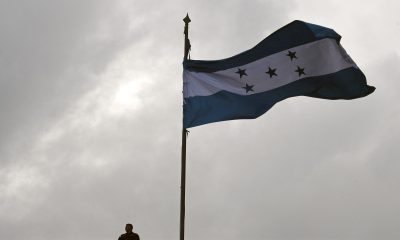
 Central America4 days ago
Central America4 days agoHonduras’ China–Taiwan Future Hinges on Sunday’s Presidential Election
-
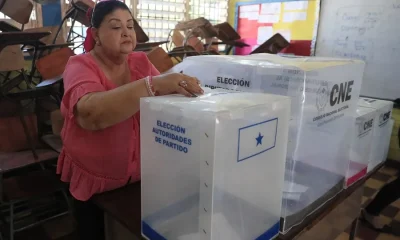
 Central America3 days ago
Central America3 days agoHonduras Extends Voting by One Hour Amid High Turnout, CNE Announces
-
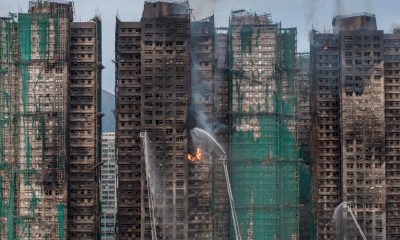
 International3 days ago
International3 days agoHong Kong police arrest 13 over deadly high-rise fire that killed 151
-
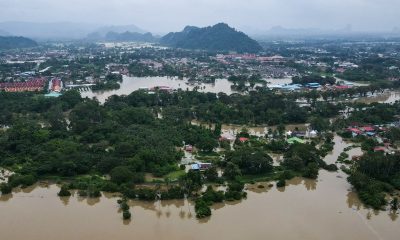
 International3 days ago
International3 days agoSri Lanka and Indonesia deploy military as deadly asian floods kill over 1,000
-
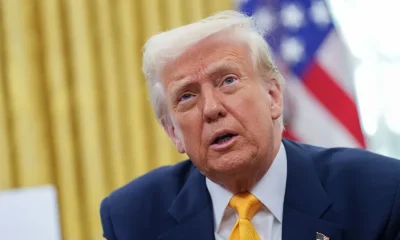
 International3 days ago
International3 days agoTrump says asylum decision freeze will remain in place “for a long time”
-
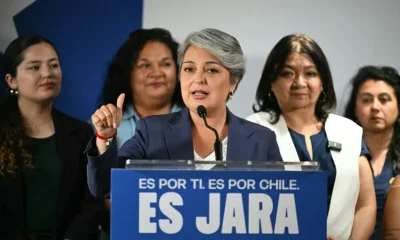
 International3 days ago
International3 days agoChile enters runoff campaign with Kast leading and Jara seeking a last-minute comeback
-

 International2 days ago
International2 days agoVenezuela authorizes return flights as U.S. continues deportations amid rising tensions
-
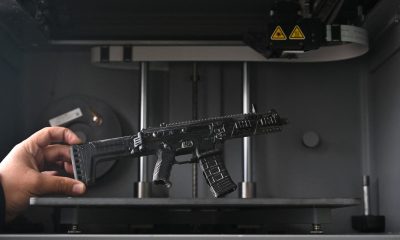
 International2 days ago
International2 days ago20,000 rounds stolen from german army after driver leaves cargo unattended
-

 International2 days ago
International2 days agoEl Chapo’s son Joaquín Guzmán López pleads guilty to U.S. drug trafficking charges
-

 International8 hours ago
International8 hours agoRussian authorities ban Roblox citing child safety and moral concerns
-
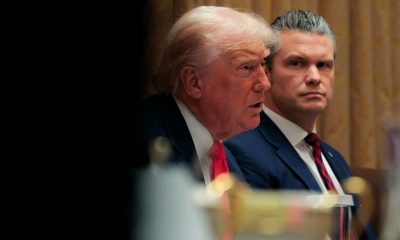
 International2 days ago
International2 days agoTrump convenes National Security Council as U.S.–Venezuela tensions intensify
-

 International8 hours ago
International8 hours agoClimate-driven rains trigger one of Indonesia’s deadliest flood emergencies in years
-

 Sin categoría8 hours ago
Sin categoría8 hours agoJuan Orlando Hernández’s family takes time to decide next steps after surprise U.S. release






























